Traton Innovation Day: lights, camera, action!
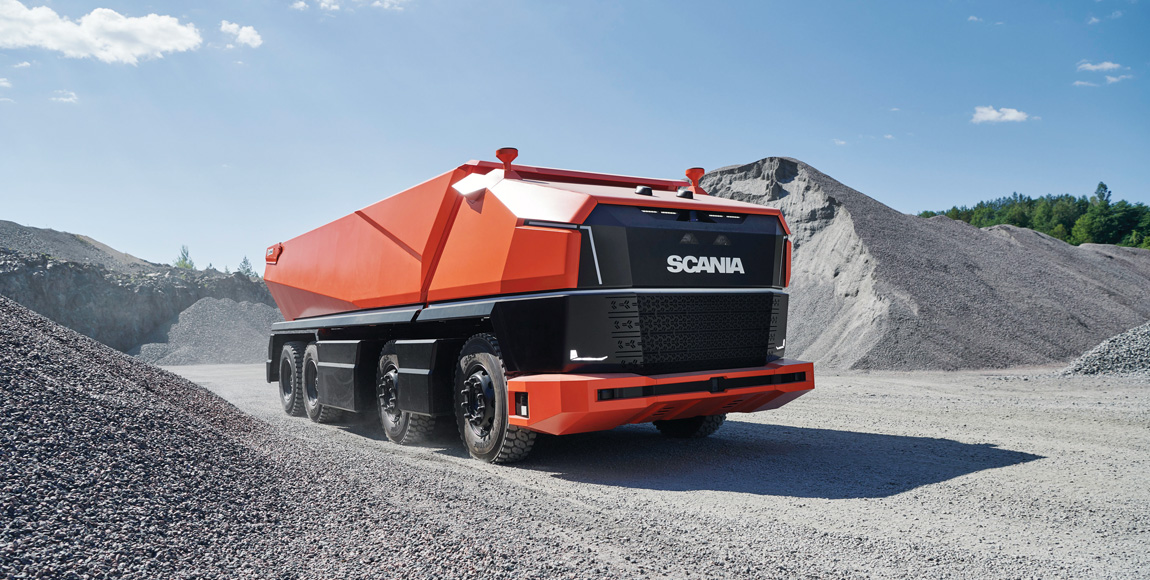
Last month, we mentioned that we would be attending the Traton Innovation Day at Scania’s headquarters in Södertälje, Sweden. We were promised a host of innovations, and the group certainly didn’t disappoint
The day kicked off with a presentation from Traton CEO Andreas Renschler, who touched on the multifaceted challenges faced by the commercial vehicle industry, including in particular the significant transformation towards alternative drive systems and systems with reduced CO₂ emissions, as well as the considerably fast pace at which consumerism and logistics are changing.
“When we started this journey four years ago, attempts at e-mobility in commercial vehicles were brushed aside as experiments. Today, we are already taking orders for electrically powered trucks and buses. We are confident that over the next 10 to 15 years every third truck and bus we deliver will have alternative drive systems, of which the majority will be purely electric,” he revealed.
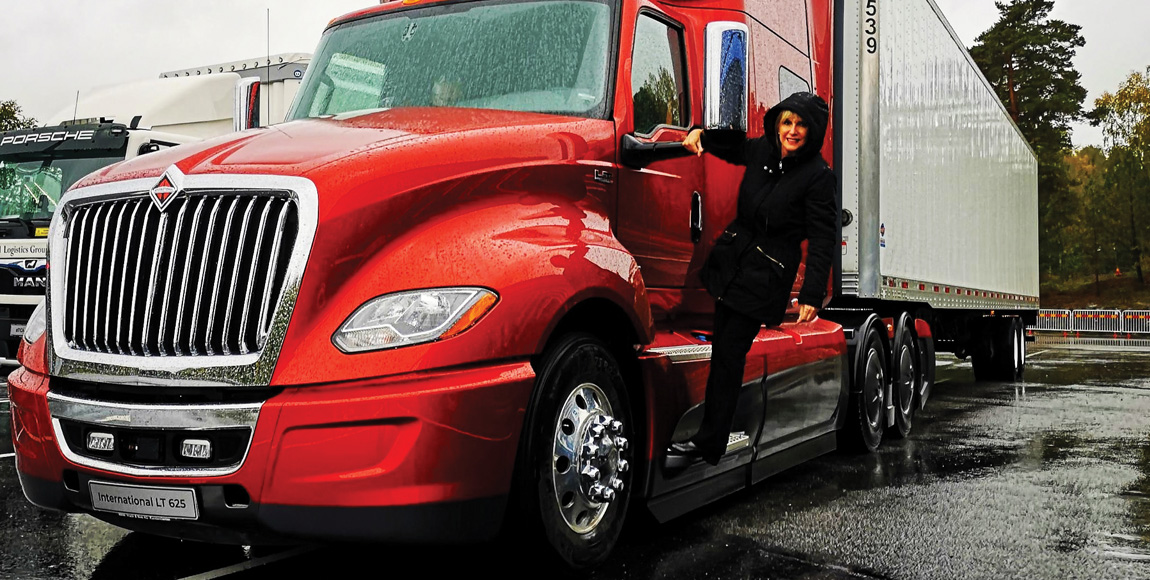
Renschler was followed by Traton COO Christian Levin, who spoke about leveraging the best from the three commercial vehicle brands – MAN, Scania and Volkswagen Caminhões e Ônibus – for the group. “Group-wide coordinated research and development empowers us to achieve our mission of becoming a global champion. A common modular toolbox across all brands allows us to respond even faster, better and more efficiently to customer needs,” he said.
Levin also emphasised the importance of realising the potential of digital systems. “The proportion of electronics and software experts in our development departments is rising considerably. We intend to invest over a billion euros in digitisation over the next five years,” he announced.
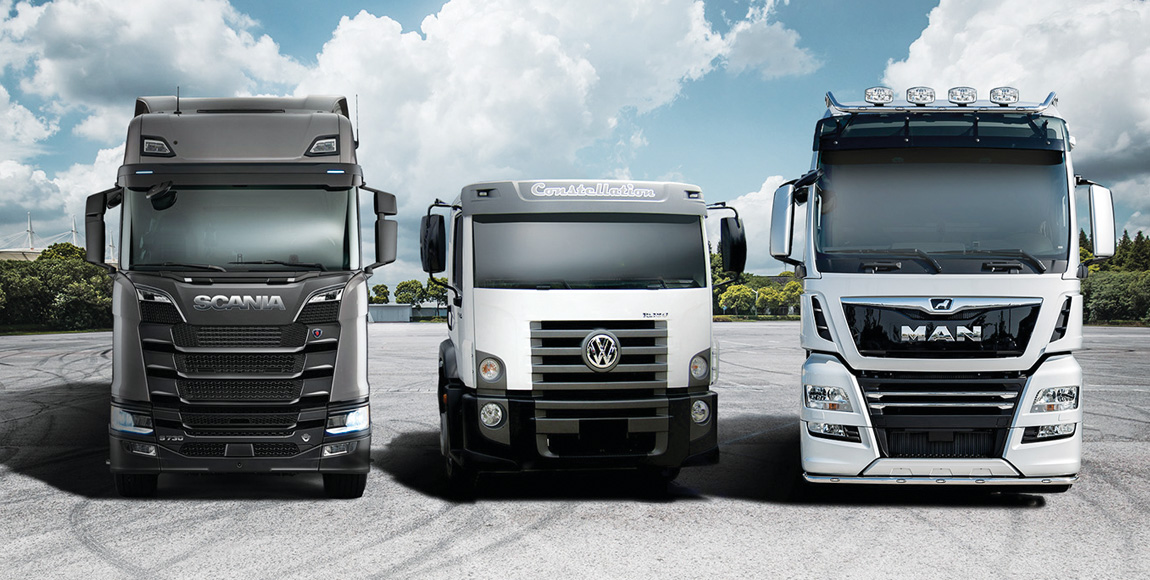
We were able to attend workshops hosted by three of the captains of the global transport industry: Scania CEO Henrik Henriksson, Joachim Drees, CEO of MAN Truck & Bus and Roberto Cortes, CEO of Volkswagen Caminhões e Ônibus.
They were terrific (you will be able to read about them in future issues of FOCUS), but, of course, for the journalists who were there, the real highlight of the day was driving the innovative products from the Traton Group.
Actually, it was impossible to drive what was undoubtedly the star of the day. That’s because the Scania AXL – which made its world debut at the event – is fully autonomous, so it has neither a cab nor a driver.
During the Innovation Day, we were bussed to a demonstration area, where the AXL “did its thing”. The truck – which looks incredibly futuristic – drove itself around quite happily. It even drove around a vehicle that was obstructing its path.
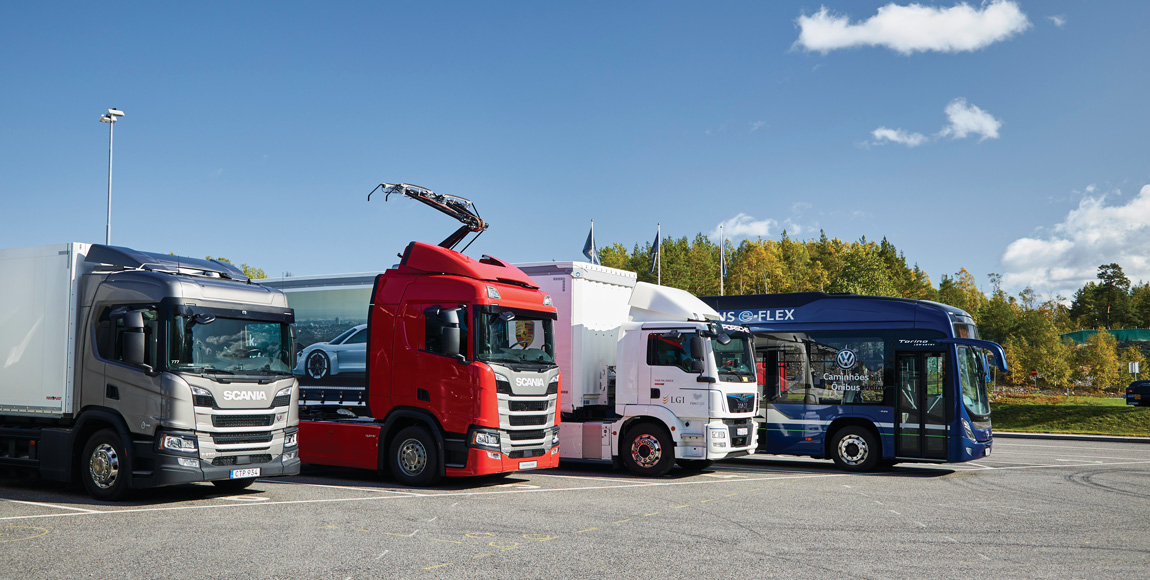
At this stage, the AXL – which can run on regular diesel or biodiesel – is just a concept vehicle. However, it certainly could be seen hard at work in a mine, in construction or a quarry one day (and not too far into the future either). Those environments are, of course, perfect for autonomous vehicles, because there are generally clearly defined routes and little other traffic.
All of the other vehicles that were on display were designed for regular roads. There were some vehicles that we could not test drive (the Scania truck that is designed to run on e-highways and the pretty incredible Scania NXT, for instance), but there were several that we could drive!
For space reasons, I am not going to discuss each and every vehicle that was available for testing in great detail. Suffice to say that they were all massively innovative!
MAN showed its eTGE 3.140, an electric van that is proving very popular with transport operators; eTGM 26.360 E 6×2, which is being tested in Austria; eTGM 18.360 E 4×2, which does daily duty at Porsche; MAN Lion’s City 18 G, which boasts a natural-gas engine with an efficient hybrid system; and its MAN Lion’s City E, which we drove earlier this year at the company’s pre-Busworld press conference in Munich.
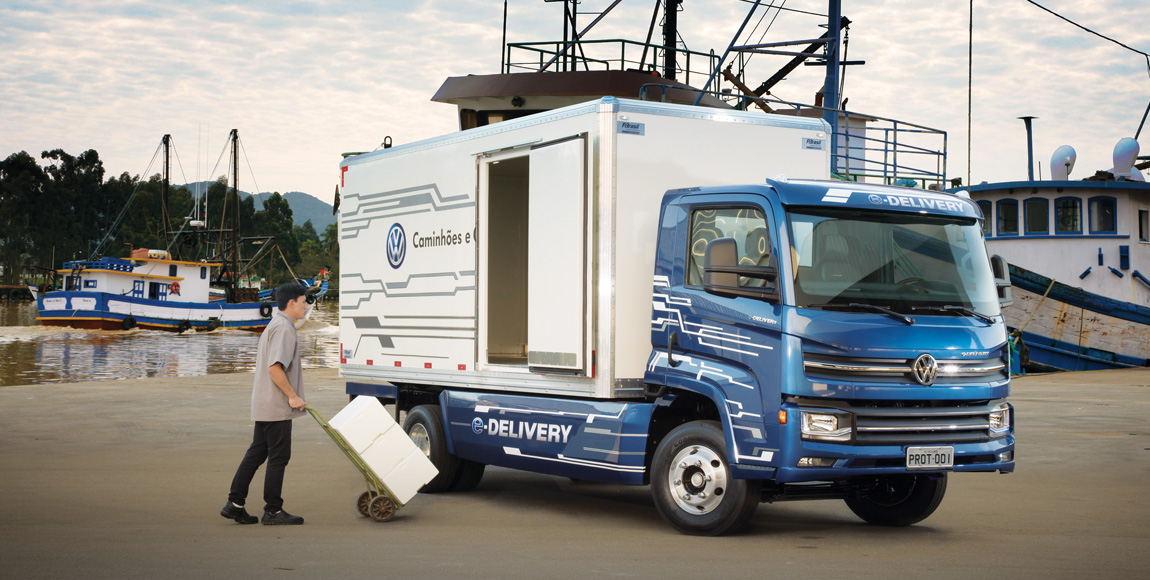
I took a spin the eTGE (to be perfectly honest, simply because I really enjoy driving this van; I would be delighted to make it my daily mode of transport) and I also did a lap around the test circuit in the MAN that’s used by Porsche. It’s a really great truck, which has a range of up to 130 km.
Scania showed its incredible NXT, which we have also reported on previously. Just in case you missed that article, the NXT is a people carrier that can also be used as a truck. The NXT was a static display in one of the presentation areas; we were not able to take it for a spin (pity, I would love that).
Scania also showed its Citywide LF Electric, which has a 300kW/2100Nm electric motor; the Scania P320 B6x2; Scania R450A4X2NB; the Scania G410 A4X2NA, which has an liquified natural gas (LNG) engine; Scania P280 B4X2NB, which is powered by compressed natural gas (CNG); Scania P320 A4X2NA hybrid; and the Scania L 320 B4X2NB hybrid.
I went for a drive in the mighty impressive Citywide LF Electric (we were relegated to passenger status) and I also took the Scania P280 for a whirl around the test track. Its 280 hp (209 kW) gas engine was very willing and extraordinarily quiet. The cab was also a great place in which to be; it’s both comfortable and practical (there’s lots of storage space). It has a 350-km range.
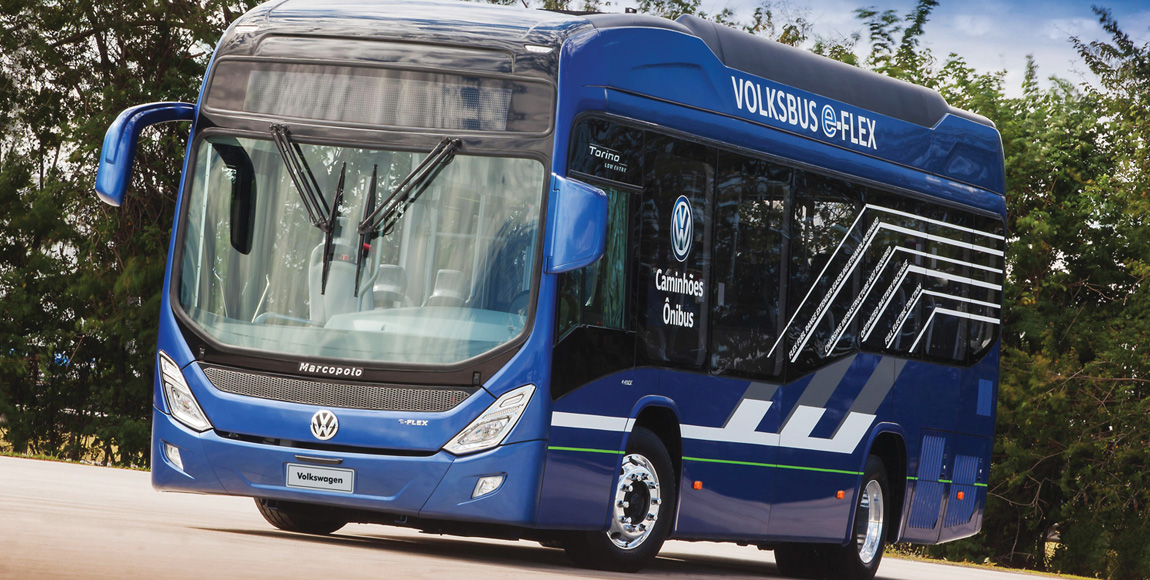
Volkswagen Caminhões e Ônibus had three vehicles on display: an e-Delivery 11, with a 200 kW electric motor; an e-Delivery 4, with an 85 kW electric motor and a Volksbus e-Flex, with a 300 kW electric motor. I took a spin in the e-Delivery 11; it’s a real workhorse, which is surprisingly spacious inside.
I also took a spin in the Volksbus, which is really interesting because it boasts flexible architecture. It works with battery electric vehicles (BEV), hybrid electric vehicles (HEV), plug-in hybrid electric vehicles (PHEV), and range-extended electric vehicles (REEV). The performance is the same, regardless of how the batteries are charged.
To be perfectly honest with you, the most popular vehicle on display (with the exception of the AXL) was undoubtedly an International Type LT Series truck tractor; there were always queues of journalists fighting for a drive in this truck.
It was, without a doubt, the least green vehicle there, because it’s not powered by gas, electricity, biodiesel or anything like that. Its 12,4-litre engine sips away on nothing other than good old diesel. Still, International insists that it leads the industry in fuel economy, so it is somewhat innovative. And it was heaps of fun to drive!
Published by
Charleen Clarke
focusmagsa




